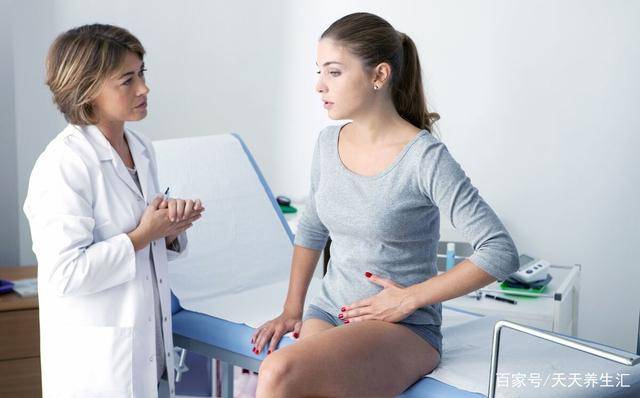It is said that Japanese women are “open-minded,” yet the incidence of gynecological diseases is the lowest, one of the main reasons being the emphasis on hygiene and regular annual check-ups.
Today, let’s share with you one of the hygiene-related matters, i.e., “how to handle women’s intimate clothing to reduce the troubles of gynecological diseases.” The focus is on our panties, handling them well can greatly reduce the worries of gynecological inflammations.
How to “handle” women’s panties for a safer experience
We know that areas with more hair follicles have well-developed sweat glands, so the intimate area often maintains a higher temperature and is very moist. Especially during menstruation, if hygiene is not properly maintained, it is very easy for bacteria to breed, leading to increased inflammation worries.
Panties serve as the first line of defense for the intimate area, selecting, cleaning, airing, and replacing them scientifically is crucial.
1. Selection of panties
1. Material selection: Choose pure cotton fabric, more breathable, strong moisture absorption, pollution-free, which can better prevent bacterial reproduction and thus promote better health.
Avoid silk or synthetic materials in general. Although some ice silk materials are comfortable, they are not very absorbent, so they should be worn less frequently or not for long periods.
2. Style selection: Generally, high-waisted underwear is better; it prevents easy chilling, especially for women prone to lower abdominal chilling, high-waisted panties are more beneficial for health.
Panty styles are varied, it is advisable to wear less unusual shapes or not wear them for extended periods, such as thongs, butterfly panties, etc.
3. Color selection: Opt for lighter colors, avoid dark-colored panties; dark-colored panties contain strong dyes, which are unhealthy, especially cheap ones offer no guarantees.
Panties should not be too tight, they need to have some elasticity, especially during menstruation, to better protect sanitary pads. When buying new panties, wash them thoroughly before wearing, never wear them directly.
2. Cleaning and Drying of Panties
1. Generally, women’s panties need to be changed daily, multiple times during menstruation as needed.
2. Wash the changed panties immediately, do not leave them overnight; this ensures a thorough cleaning, avoids yellow stains, and prevents further bacterial growth.
3. It is best to use soap or mild soap as a cleaning agent, try to avoid bleach, and laundry detergent. Avoid chemical residues that can harm the skin.
4. Hand wash if possible; avoid washing with other clothes, especially shoes and socks, and try to minimize the use of washing machines.
5. Air-dry in a well-ventilated, sunny area, avoid drying in damp, dark places.
Also, pay attention to storage, avoid placing them in damp areas, keep them dry and ventilated.
3. Pay Attention to Replacement of Old Panties
How long should women use their panties before replacing them? There isn’t a universal standard for this.
Most women discard panties as soon as they get stained, some may discard them quickly, while others continue using them for up to a year, and some in rural areas continue using them even after they have holes.
My suggestion is, if they are stained and cannot be cleaned, it is best to replace them. Typically, it is advisable to change them every 6 months to a year. Of course, it also depends on personal habits; with proper care, they can be used for an extended period, but once they have holes, it is unnecessary to continue using them.
Some gynecological inflammations may not be caused by unclean panties but by lifestyle factors. According to gynecologists, most women will experience varying degrees of gynecological inflammations after marriage, if they are mild and do not affect health, treatment may not be necessary.
It is essential to pay attention not only to personal hygiene, including bathing regularly, changing clothes frequently but also to menstrual hygiene, dietary hygiene (no smoking, moderate drinking, avoid staying up late); as well as the hygiene of men during marital life, rejecting any “unclean” behaviors.
For women over 30, regular check-ups are necessary for better protection of overall health.


